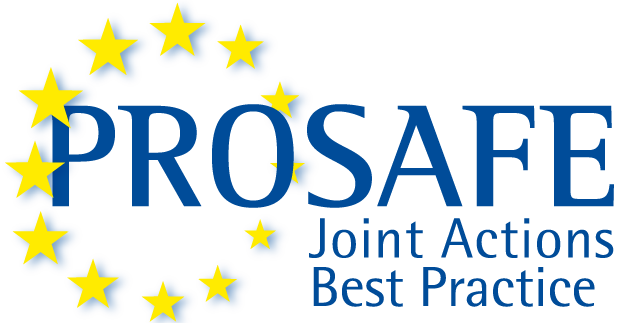Good Practices
for EU Market Surveillance
Regulation (EU) 2019/1020 lays down a harmonised framework for market surveillance, complementing existing product legislations on the compliance of non-food products in the EU market.

Market surveillance is the responsibility of the Member States. Enforcing Union legislation is typically a task performed by Market Surveillance Authorities (MSAs) and customs authorities. However, differences in the level of resources, infrastructure, skills and experience, as well as in powers and country-specific approaches between MSAs lead to uneven enforcement of rules and compromises in market surveillance across Europe.
Joint Actions come to bridge some of these gaps and partially compensate for the existing variation. They do so by playing an important role in the ‘product safety learning loop’, enabling the exchange of good practices with regards to compliance controls and enforcement, the use of common tools, and the transfer of peer-to-peer information, empirical knowledge and experience over legal and technical issues and assessment methods.
Our goal - reinforcing the uniformity of market surveillance across Europe.
Cooperation with Customs
Cooperation between MSAs and Customs has become more crucial than ever with the spike of e-commerce. Data from 2019 show that 28,6% of EU customs controls resulted in a suspicion of goods being unsafe or non-compliant. But there is still “room for improvement” here.
One of PROSAFE's goals is to involve Customs in Joint Actions where the distribution chain for the product in scope warrants it. Product-specific activities provide a unique opportunity to pilot good practices and new collaborative schemes such as those under EMARS1 and EMARS2, the EEPLIANT trilogy (EEPLIANT1, EEPLIANT2, EEPLIANT3), and other Joint Actions, in synergy with DG TAXUD.
Learn more...
- Joint Actions involving AQSIQ, China1 and China2
- Knowledge Base: Best Practice
